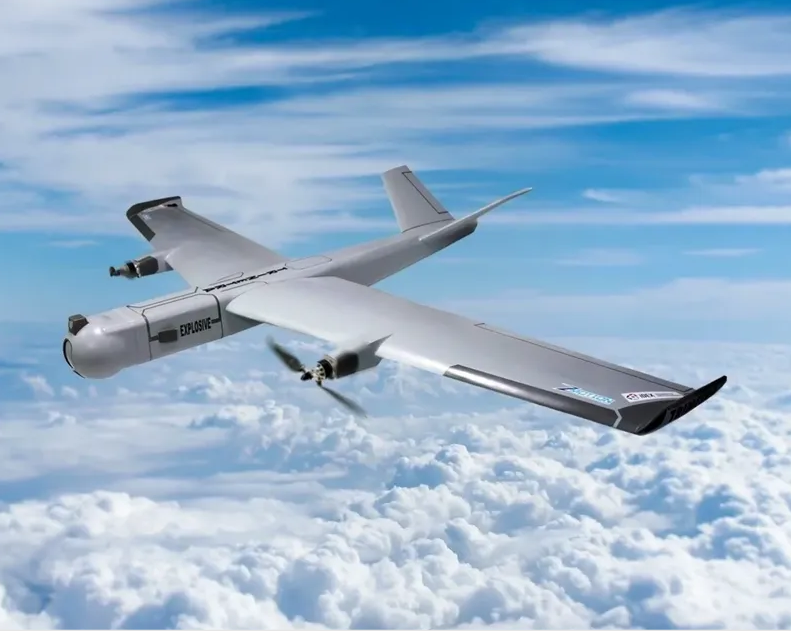The Indian Army has successfully received the complete consignment of 480 Nagastra-1 loitering munitions from Solar Industries, marking a significant milestone in the enhancement of its operational capabilities. This delivery comes over a year after the signing of a contract worth 2.12 billion Indian rupees (approximately $25 million) with Solar Industries’ subsidiary, Economic Explosives, which outperformed competitors from Poland and Israel to secure the deal in April of the prior year.
The Nagastra-1 munitions, known as kamikaze drones, were initially introduced with a first batch of 120 units delivered earlier this year. This first delivery followed a series of rigorous testing and pre-delivery inspections conducted by the Indian Defence Research Wing, underscoring the operational reliability and readiness of the system.
Intended to bolster the tactical capabilities of infantry units in scenarios involving asymmetrical warfare, the Nagastra-1 is particularly suited for counter-insurgency operations and urban conflict. The development of its successor models, Nagastra-2 and Nagastra-3, is already underway, aimed at providing enhanced performance and increased payload capacities.
Focusing on the specifications, the Nagastra-1 is a man-portable precision strike weapon that boasts an impressive 75 percent of indigenous content, aligning with India’s push for self-reliance in defense manufacturing. Weighing in at 30 kilograms (66 pounds), the munition includes a high-explosive fragmentation warhead weighing one kilogram (2.20 pounds), designed specifically for neutralizing soft targets with precision.
One of the key features of the Nagastra-1 is its GPS-guided navigation system, which offers a strike accuracy of 2 meters (approximately 6.5 feet). It has an endurance of up to 60 minutes, making it highly effective for surgical strikes. Furthermore, the munition is equipped with a day/night camera for real-time reconnaissance and target identification, enhancing its operational versatility.
The operational range of the Nagastra-1 extends to 15 kilometers (9 miles) when controlled remotely and up to 30 kilometers (19 miles) during autonomous operations. Additionally, it incorporates a parachute-recovery mechanism that allows the flight to be aborted partway through if necessary, further adding to its safety and operational flexibility.
As the Indian Army continues to modernize its capabilities, the acquisition of Nagastra-1 represents a significant advance in its arsenal, equipping ground forces with state-of-the-art technology tailored for complex contemporary battlefields.





